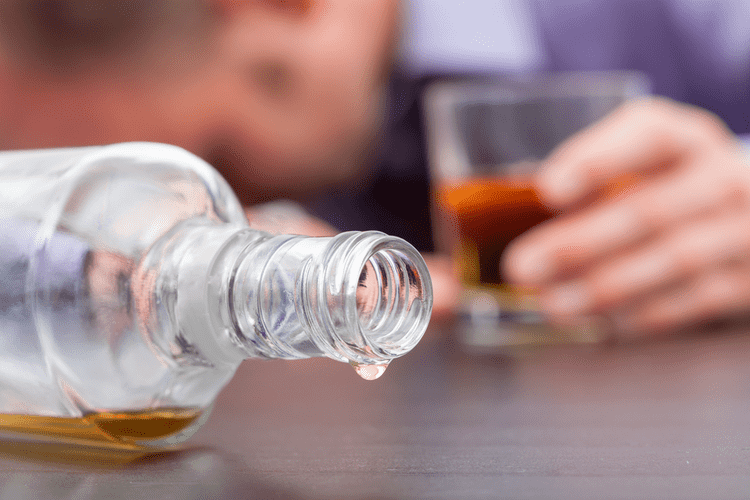There are many roads to recovery, and needs vary from individual to the next. Others do well on their own making use of available community resources. Patchwork options can also include the pursuit of deeper layers in the mental health healing process, such as therapy, https://bv-ryazan.ru/potolki/77-otdelka-potolka.html healing arts, meditation, recovery yoga/yoga, breathwork, medication management, dietary changes, entertainment, hobbies, etc. Clinical trials have been conducted to determine whether management of SUD, including ongoing continuing care, is feasible in primary care.
I Had Cancer. My Treatment Was Eye-Opening About Addiction
2 in 3 adults who ever had a mental health problem considered themselves to be recovering or in recovery. Recovery from a substance use disorder is defined as a process of improved physical, psychological, and social well-being and health after having suffered from a substance-related http://sportlog.ru/16/5677.html condition. Learn about the essential components of Mindfulness-Oriented Recovery Enhancement, a highly effective mindfulness therapy for addiction, emotional distress, and chronic pain. Employment is virtually essential for having a stable and meaningful life.
Problematic Substance Use: Background and Evolving Explanations and Services for It
Some definitions of sobriety call for complete lifelong abstinence while others focus on developing coping mechanisms that can reduce harm with the understanding that setbacks are common. This article discusses what sobriety means and describes strategies https://www.altzone.ru/forums.php?m=posts&q=3929&n=last that can support your long-term recovery. It also covers tips on how to deal with the challenges you’ll face on your journey to sobriety. I lead the board in the housing cooperative where we live; I have a responsible position at work.

Integrating Primary Care With Behavioral Health Services
- Alcohol still kills more people than any illicit drug, according to the National Institute on Alcohol Abuse and Alcoholism, and the NIH-reported surge in drinking during COVID that’s been linked to social isolation, job loss, economic hardship and mental health problems has not yet subsided.
- In Norway, such treatment is provided in both local-community and specialised healthcare facilities, including short-term and long-term inpatient and outpatient treatment.
- SAMHSA’s mission is to lead public health and service delivery efforts that promote mental health, prevent substance misuse, and provide treatments and supports to foster recovery while ensuring equitable access and better outcomes.
- They may know something about the person’s deepest aspirations and voice them as a reminder that can help the person remain on the road to recovery.
- Results suggest that, for the average client, TMC is a cost-effective strategy for reducing substance use, particularly if society is willing to pay more than $30 per day of abstinence.
A good relapse prevention plan specifies a person’s triggers for drug use, lists several coping skills to deploy, and lists people to call on for immediate support, along with their contact information. Research has identified relapse patterns in adolescents and adults recovering from addiction. In one study, two-thirds of the adults relapsed in social situations in which they experienced urges and temptations to drink or use. One third experienced relapses when they were experiencing negative emotions and urges to drink/use.